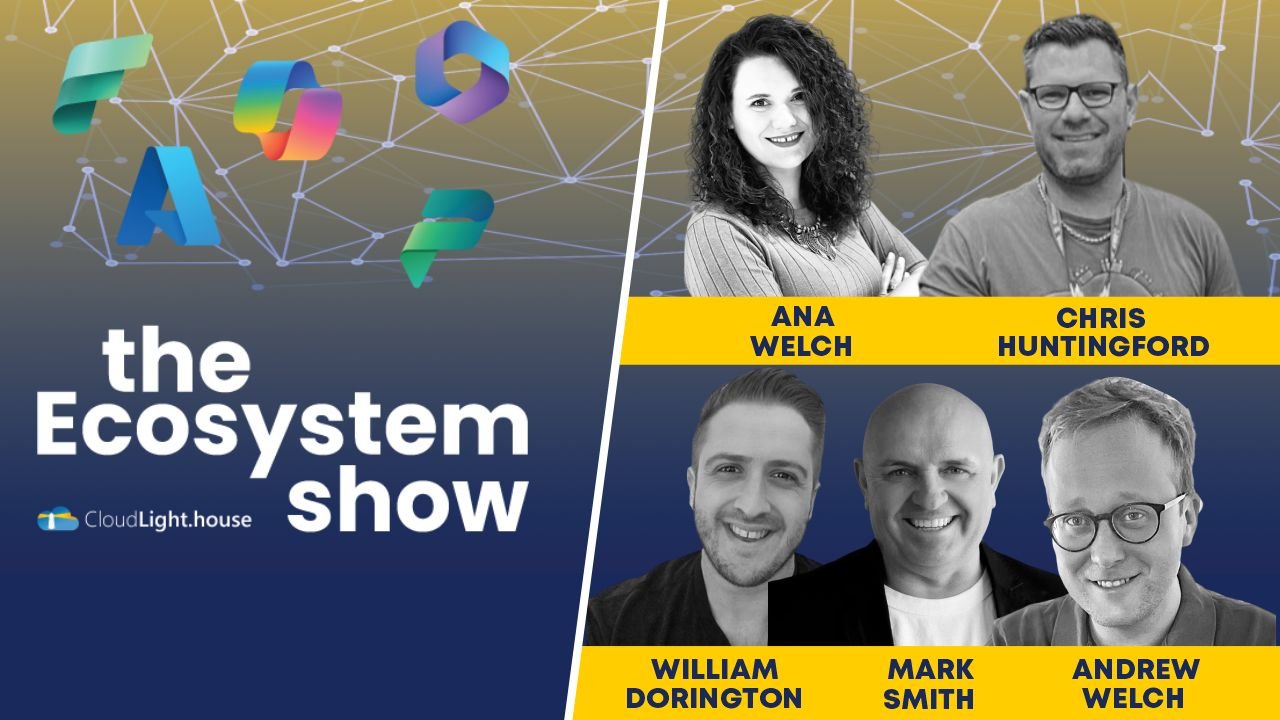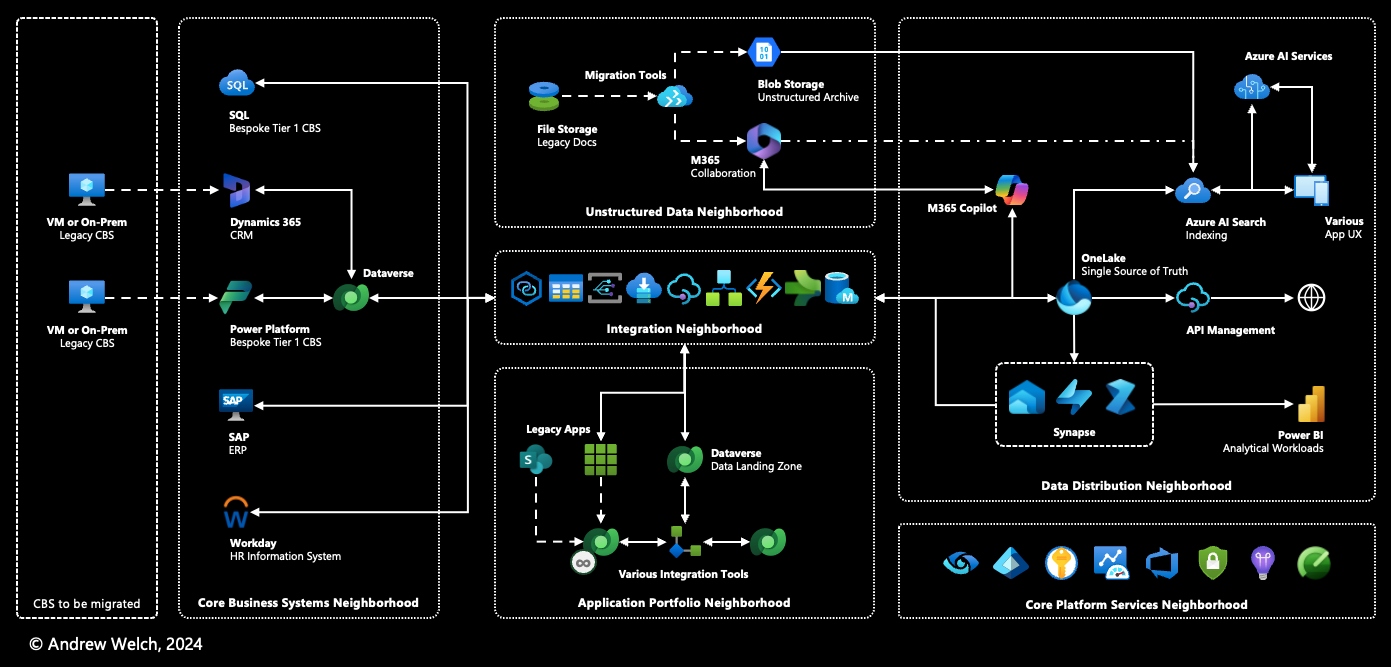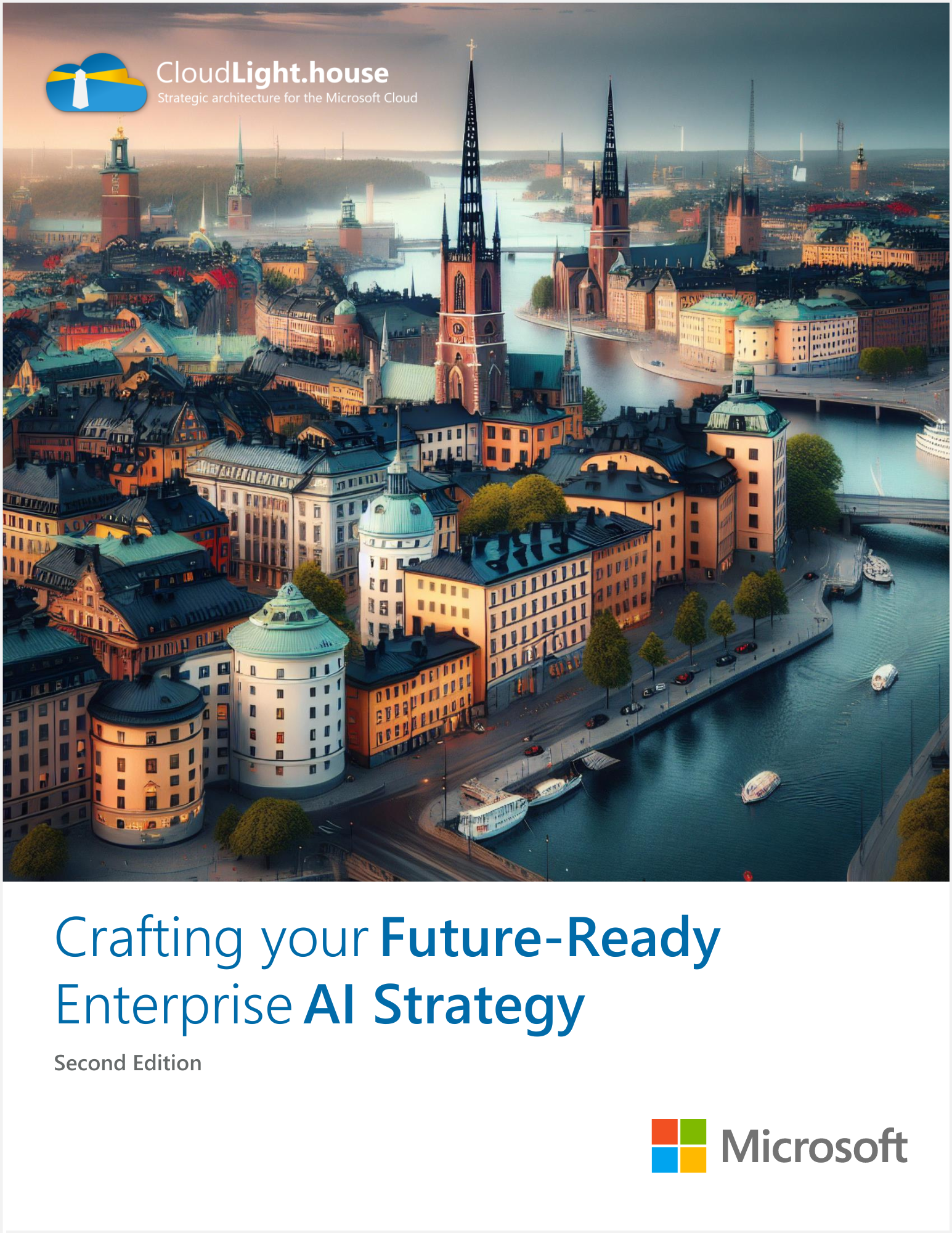
Launching the Center for Trustworthy AI, a Global Movement
The Center for Trustworthy AI has been established by technology and legal partners with contributions from experts around the world because the achievement of Trustworthy AI is an effort that must be taken on by every user, every leader, and every organization that wishes to survive and thrive in the coming age. The Center for Trustworthy AI is the guiding beacon for organizations navigating this unprecedented wave of AI innovation.

A Call to Arms for Trustworthy AI: Can we trust Artificial Intelligence?
People and organizations around the world are asking, ”Can we trust artificial intelligence?”. Sure, can we trust AI to be responsible, to generate accurate, trustworthy responses to our prompts? But look more deeply and you will find that truly Trustworthy AI is about so much more. Do we trust that our investments in AI are wise, that we are not throwing effort and money after nonsense? Do we trust that we are moving rigorously, purposefully, and efficiently towards AI’s promised land?

A Moment of Reckoning for Humanitarian and Public Sector
Leaders of these organizations now face a moment of reckoning and—in the chaos of that moment—an opportunity to craft the modern, technologically nimble institutions resilient enough to continue delivering the crucial services upon which their publics so desperately depend. They must use technology to drive out cost, with the core thesis being that to emerge stronger, they must become more modern organizations that use technology to reduce cost and improve services, rather than viewing technology as an ever-expanding cost center. Those that seize the opportunity may survive. Those who let it slip away will fail.

Applying Modern Ecosystem-Oriented Architecture in PubSec
We’ve covered the Principles of Ecosystem-Oriented Architecture (EOA) and Mapping your Cloud Ecosystem in previous articles. We’ll now make the concepts discussed in those previous articles more real in context of Public Sector organizations. To do so, let’s spend some time speaking less about technology and begin describing workloads that incorporate functions and scenarios upon which a typical agency might rely on its cloud ecosystem to perform.

Trustworthy AI: Strategic, Responsible, Safe, Reliable, Scalable
2025 is the year of Trustworthy AI as organizations worldwide deploy AI-enthused solutions with limited consideration on how to make it safe. Not only from a compliance and risk management perspective, but by creating AI that users themselves can trust. Trustworthy AI is top of mind for many people, though there is currently no standard approach to articulating what this means. Can we trust the results? Can we trust that AI is safely used? Is AI going to take our jobs? Will AI grow a personality and conquer the world by turning a society of toasters against us? To truly address this, it must be recognised that Trustworthy AI is more than red teaming, or testing against responsible pillars of AI. It’s about creating a trustworthy experience grounded in good data, exposing cumulative human error and AI hallucinations through technical monitoring and human observability. It’s about building a digital ecosystem that is strategic, responsible, safe, reliable and scalable. It’s about making AI a trusted enabler for humans.

Mapping your Cloud Ecosystem: The Ecosystem Map
"Ecosystem Map" is both one of the 25 dimensions of the AI Strategy Framework and a foundational concept in ecosystem-oriented architecture (EOA), which makes this article doubly important reading for strategic thinkers on both fronts. The “map” metaphor is instructive here. It is used to distinguish an ecosystem map from the various forms of architectural diagrams, nearly all of which tend to include more technical minutiae than a typical ecosystem map. Whereas an architectural diagram provides specific parameters for specific technical solutions, an ecosystem map presents a higher-level, more visionary view of an organization’s cloud ecosystem. This analogy is fundamental to understanding and practicing EOA.

Reflecting on 2024: AI and the ‘Shiny New Object’ Effect
Reflecting on 2024, it’s clear that AI has landed and officially taken on the ‘shiny object effect’. With organizations rushing to utilize the technology, there’s been a tendency to layer AI atop an ecosystem without establishing a strategy for the fundamentals, such as data platform, data consolidation and modernization. A hope for 2025 is the normalization of AI to avoid this, and the progression of autonomous agents that learn and mimic human communication preferences, advancing beyond basic chatbots to more immersive and context-aware AI agents.
Additionally, this past year has made it apparent that not all organization’s are creating conditions for hiring across boarders, and allowing top talent to work on key projects regardless of their geographic location. A shift in this would provide multiple benefits: simplifying projects whilst widening the talent pool, supporting the freedom of dedicated workers, and releasing brain power and capital in areas that will benefit from economic growth.

Data Integration: The Key to Operational Success
In this episode, Ana, Andrew, and Chris discuss various themes including the technical difficulties faced during remote recordings, the influence of technology on elections, the challenges of cybersecurity, and the complexities of data integration and security. They also explore how algorithms shape political messaging and the implications of these technologies on society. In this conversation, the speakers discuss various themes including the impact of social media on public perception, insights gained from major conferences like Ignite, the evolution of podcasting in the tech space, and the importance of ecosystem-oriented architecture in organizations. They emphasize the need for a clear vision and cultural readiness for successful transitions in technology and business strategies.

Principles of Ecosystem-Oriented Architecture
We were working with eight to ten years between major disruptions from the dawn of the consumer internet. But these “wave periods”, that is, the time between the crest of two waves, have shortened to three to five years since the rise of the public cloud. It makes sense: As the evolution of computing technology and capacity picks up steam, it similarly accelerates. Innovation begets innovation. Generative AI was only made possible by the incredible computing power and connectivity available in the cloud. Now, AI is further accelerating this pace of change, shortening the time we have available before new waves crash upon the shore. The grace period for organizations to get their act together and position themselves for the next wave is growing much shorter; the margin for error is much narrower.

Announcements from Microsoft Ignite 2024
Microsoft Ignite 2024 featured over 200 AI sessions. Key announcementsincluded Azure SQL transactional databases for app development, Co-pilot Studio in Power Apps for mini agents, deeper RAG capabilities with Azure AI Foundry, new managed security and operations in Power Platform, and updated governance and licensing for Co-pilot Studio.This podcast episode also tackles the rise of shadow AI, emphasizing the need for governance as 78% of workers use unsanctioned tools. Beyond the tech, it reflects on the joy of hands-on collaboration, like data modelling and brainstorming on whiteboards, proving that going back to basics can still drive innovation. What’s your top Ignite takeaway?

Trust in AI: Reducing Fears with a Strategic Vision
It is hugely important that there is trust in AI org-wide, for the successful adoption of AI. This needs human involvement and intentionality as part of a long-term AI strategy and clearly defined enablement program. Podcast listener, Rachel Roberts, comments that the need for a clear vision and planning a path towards the benefits of AI, instead of letting organic doubt take over, will build trust and reduce fears of uncertainty. She believes that being intentional can help mitigate doubts and foster trust in AI and each other. Having a strategic vision is critical and must be collectively agreed upon and championed. Ensuring that change management and training are fundamental to the effort is also essential due to the complexities of technology implementation and adoption. By combining these approaches, users can adapt, and organizations can maximize the impact of AI within their business.

Ethical Agents and the Path to Digital Equity
European regulations are becoming more stringent, aiming to ensure AI safety, ethics, and transparency. It's therefore crucial to ground AI solutions in good data and adhere to responsible AI (RAI) standards to avoid significant fines for non-compliance. The impact of robotics on the labor market are bringing opportunities, creating task automation through rules-based agents, and evolving fully autonomous agents ready for a shift towards human oversight of agent activities. Embracing an abundance mindset can unlock these new opportunities in the evolving landscape, though there’s a necessity for digital equity, ethics and preparing data systems for future AI integration.

Executive Vision and Actionable Roadmap for your AI Strategy
There’s an incredibly important transition in the broad information technology space that is often lost in the furor and excitement over generative AI. Simply “wanting AI” doesn’t cut it. So, the AI Strategy Framework begins with the Strategy and Vision pillar that sets forth five dimensions beginning with vision, extending to creating the actionable roadmap and architecture necessary to actualize that vision, and finally establishing the programmatic elements necessary to drive that vision to fruition. These dimensions help organizations formulate and take action on their big ideas.

"AI Strategy Framework" guides your organization's journey in the Age of AI
We’ve learned a great deal about maturity and readiness for - and responsibility to the ethics of - AI over the past year, as well. It’s now time for a proper model through which organizations may realistically assess their readiness to adopt and scale artificial intelligence, and then identify specific areas to invest time, talent, and funding along their journey. This AI Strategy Framework guides organizations as they construct their AI strategy atop five pillars, each with five dimensions to be considered, matured, and regularly evaluated.

Copilot positioned to become the new UI of AI
With organizations today using 200-300 applications, what will be the impact on users when a profusion of AI solutions are added to the pile? As vendor AI offerings continue to expand, imagine the confusion. Employees required to access multiple agents with multiple UIs, stored sporadically across their organization: an agent for HR relations, sales, service, and for vendor applications, the likes of Workday, SAP, Salesforce. A labyrinth of applications. Now imagine this simplified. Imagine all the isolated agents and their data integrated into a single UI, a single place of reference, giving clarity, accessibility and enabling high adoption. As announced by Satya Nadella, Copilot is positioning to become the new UI for AI.

Bot vs human: which will reign in consumer engagement?
In the dawn of ‘agentic’ AI, that is to say, autonomous bots capable of mimicking humans and independent decision-making, what will be the implications for our every lives? Perhaps an end to dreaded call centre dispute resolutions, instead replaced by bots tackling negotiations perfectly due to having instant access to undisputable contracts and policies, outmatching human agents. For e-commerce, AI assistants capable of re-ordering groceries online, exploiting the best discounts, fastest delivery, and lowest shipping costs, totally disrupting traditional e-commerce loyalty. Future AI has the potential to make daily life incredibly efficient and transform consumer engagement models in ways not yet fully realised.

The skeptical approach to security and AI
Staggeringly, if cybercrime were a country, it would have the 3rd largest GDP. With attacks happening every second, it’s never been more important to approach data security and AI with a zero-trust mindset: practicing insider risk-management, auto-classifying data with Purview, and “red teaming” AI outputs. This critical thinking should apply to future advancements also, as we predict a shift towards observability whereby AI handles tasks and humans merely monitor them. Plus, as AI begins to mimic personas and styles, the risk of deep fakes increases, unbeknownst to users unless questioned. Staggeringly, if cybercrime were a country, it would have the 3rd largest GDP. With attacks happening every second, it’s never been more important to approach data security and AI with a zero-trust mindset: practicing insider risk-management, auto-classifying data with Purview, and “red teaming” AI outputs. This critical thinking should apply to future advancements also, as we predict a shift towards observability whereby AI handles tasks and humans merely monitor them. Plus, as AI begins to mimic personas and styles, the risk of deep fakes increases, unbeknownst to users unless questioned.

Embracing responsible AI with chaos engineering and governance
As AI systems become more integrated into our daily lives, it’s never been more critical to ensure they operate ethically. There are significant risks if not governed properly through informed practices, making responsible app development not just a necessity, but a cornerstone for building trustworthy AI systems that adhere to ethical standards and regulatory requirements. When an organization upholds this commitment, it not only mitigates potential harms but also fosters trust among users and stakeholders, thereby establishing the foundations for long-term success.

Whitepaper: “Crafting your Future-Ready Enterprise AI Strategy, e2”
It has become obvious how difficult so many organizations are finding it to actually craft and execute their AI strategy, in part because of the (often) decades they’ve spent kicking their proverbial data can down the road, in part because it turns out that enterprise-grade AI really does require the adoption of ecosystem-oriented architecture to truly scale, but largely because many organizations have no idea where to start. Many lack the wherewithal to really assess where they stand on day one, and to identify areas where they must mature to get to day 100 (and beyond).
We’ve learned a great deal about maturity and readiness for - and responsibility to the ethics of - AI over the past year, as well. It’s now time to broaden the thesis, so in this second edition we offer a model through which organizations may realistically assess their current maturity to adopt and scale artificial intelligence, and then identify specific areas to invest time, talent, and funding along their journey.

Whitepaper: “Ecosystem-Oriented Architecture in the Public Sector”
This whitepaper offers CIOs, enterprise architects, and other public sector technologists a comprehensive introduction underscoring the need to adopt ecosystem-oriented architecture (EOA) to build scalable, resilient, and flexible cloud ecosystems that can absorb successive waves of technological change.

